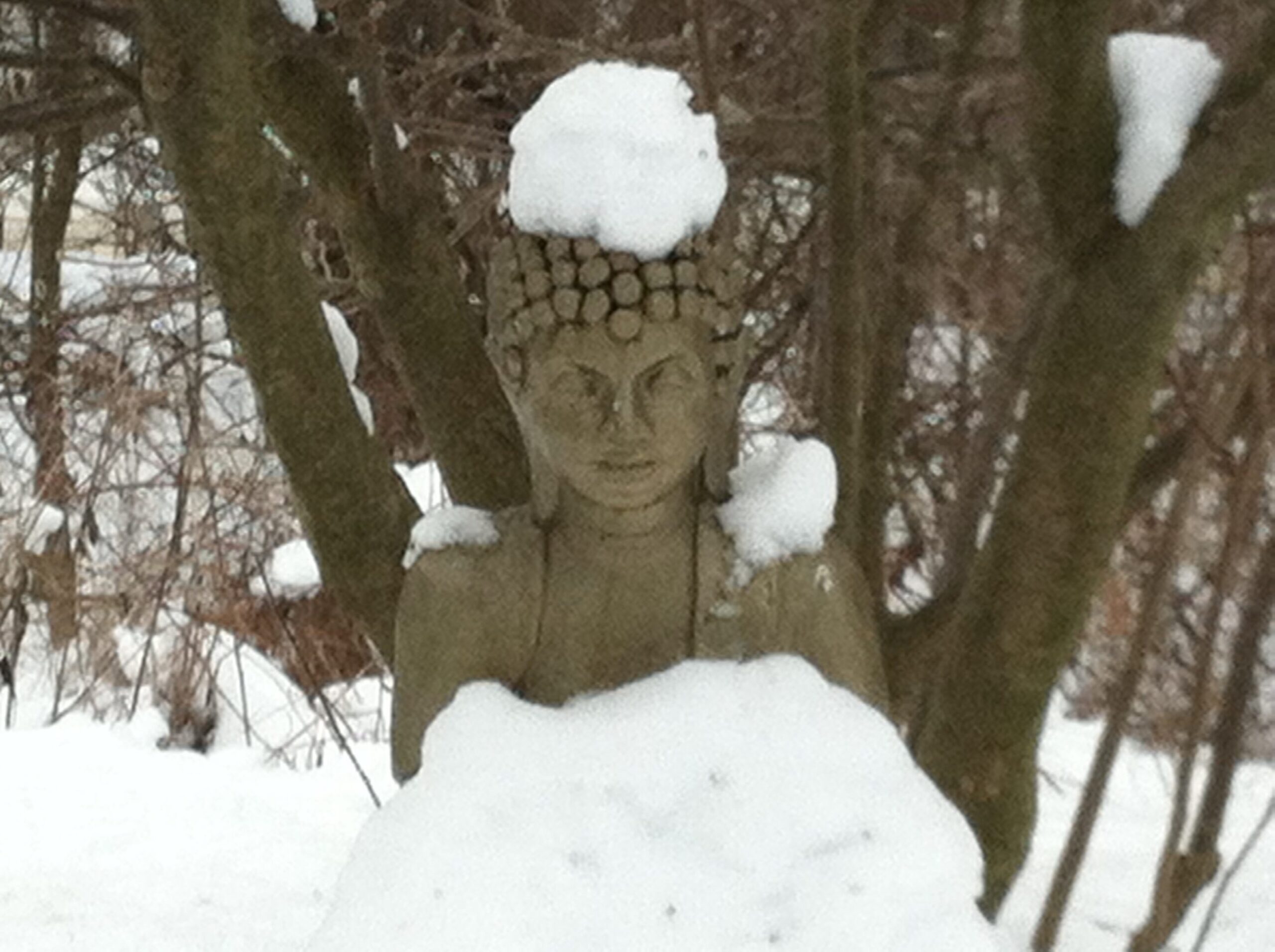If someone I’ve cared for as my own child / Turns on me as their worst enemy,
Then, like a mother when her child is ill, / To shower them with more love than before:
This is the way a bodhisattva trains.
verse 16 audio
This verse is a perfect illustration of the meaning of taking and sending meditation (tong len), embodied in verse 11. When anyone directs negative thoughts, words and actions at us, as aspiring bodhisattvas we willingly accept and take it on, wishing them only comfort, peace, and happiness in return, because we feel deeply connected with them, we feel their suffering as our suffering, and we understand that when they lash out at us, it’s coming from their own blinding emotions.
Parenthood is great training for this, as infants, toddlers, teens and even adult children may resent or reject our attempts to care for them, not understanding the bigger picture of our intentions or the reality of a situation; yet because of our deep bond, even though we may feel hurt or frustrated in the moment, we react from spontaneous love and compassion.
Of course, as always, in the midst of our loving response, we may have to take some action to prevent further harm to or by the person who is angry with us, just as when our child is about to run into traffic or hit another child, we swiftly remove them. We just don’t need to do it with anger — if we feel anger, we try to apply a remedy before our emotion gets the best of us.
Note that I am not addressing tension that may legitimately result when our care for another person is compromised by our own blinding emotions or self interest and we make mistakes, which can certainly also happen. In that case we still follow the advice of this verse, but we may also have amends to make to repair damage to the relationship.
Though the verse uses parent and child as its example, we may also easily relate to this if we’ve ever cared for a loved one with dementia, or a friend who is so overwhelmed by illness or adversity that their anger spills over at helpers. Or if we’ve taken our beloved pet to the vet or had to give them unpleasant medicine, we automatically understand and try to soothe them when they try to escape or turn on us out of fear and discomfort, mistakenly thinking we are trying to harm them.
In Buddhism we are encouraged to see every being as our past or potential child or parent or pet, and this gives us an entryway to connecting with compassion no matter what our current relationship may be with the person who is currently making our life difficult.
From the commentaries: Dilgo Khyentse suggests, ” Always remember that people who harm you are simply the victim of their own emotions. Think how good it would be if they could be free of those emotions.” Geshe Jampa Tegchok similarly advises, ” The mind of a person who betrays our trust or who returns our kindness with harm is under the control of his disturbing attitudes and cannot help what he does.” Gampopa offers a list of ways to redirect our mind to love and compassion when we begin to feel anger arising, in the chapter on patience in Ornament of Precious Liberation.
Geshe Jampa Tegchok also cites Chekawa Yeshe Dorje, author of the seven points of mind training, the root text of The Great Path of Awakening: “If others respond to our kindness with harm, retaliate with a meditation on compassion.” This 16th practice of a bodhisattva also reminds us of the 59th and final slogan in Chekawa Yeshe Dorje’s text: “Don’t expect applause.”
As he has done for preceding boot camp verses, Ken McLeod takes us straight into taking and sending in a beautiful passage: “Take in the pain that she is feeling. Take it into the pain you are feeling . . . . Feel your anger, and any hurt, pain or sadness associated with it, and take in the anger of all beings everywhere. Send out the love and care you have given in the past. Send it out again and again. Send it out magnified a hundred, a thousand, a million times.”
The index of the study guide and recordings of the classes are here.
Next practice: Verse 17: how to use humiliation on the path
The complete study guide: click here (see “about the 37 practices study guide” at top of page for orientation if needed)
